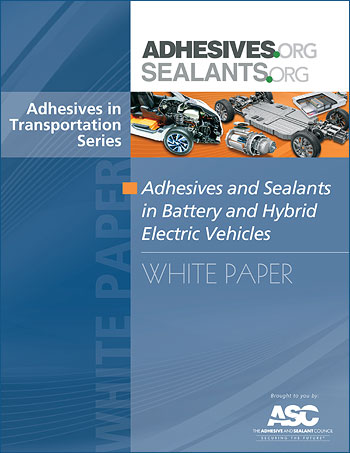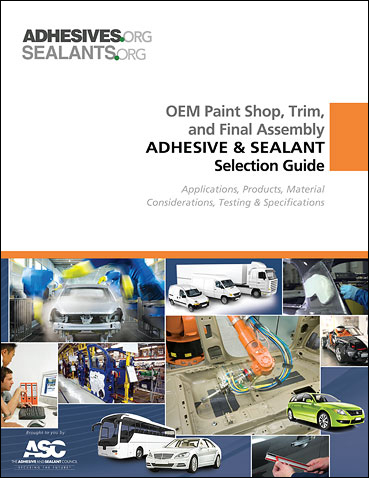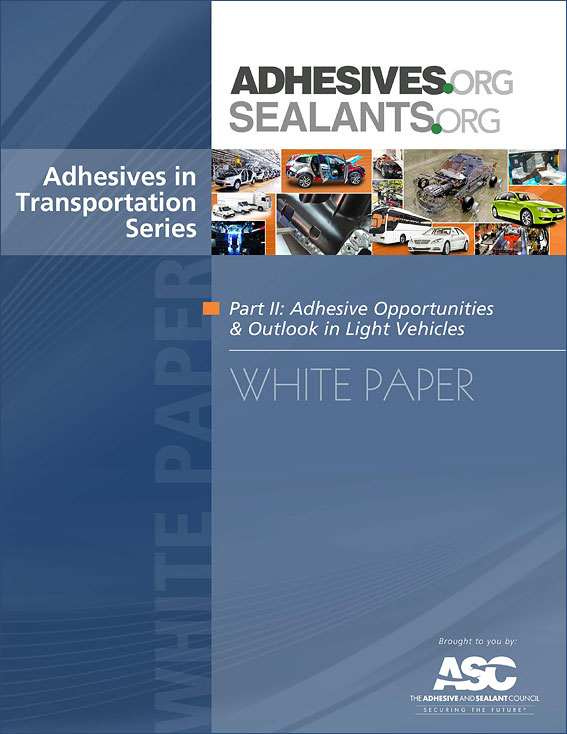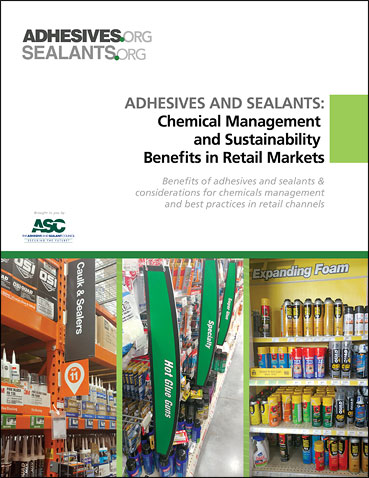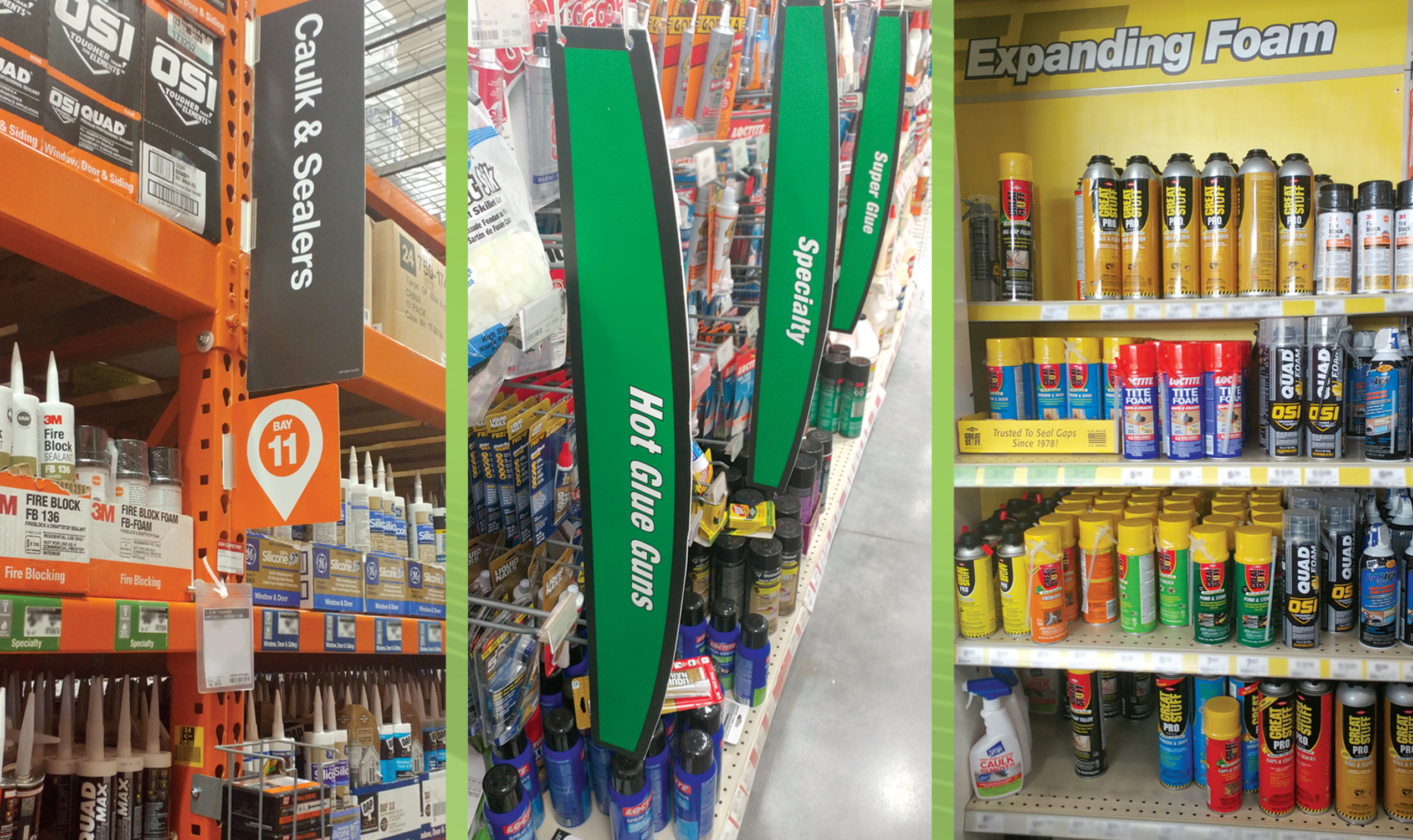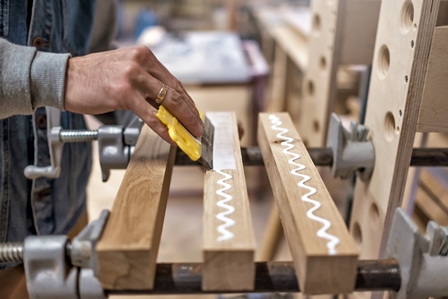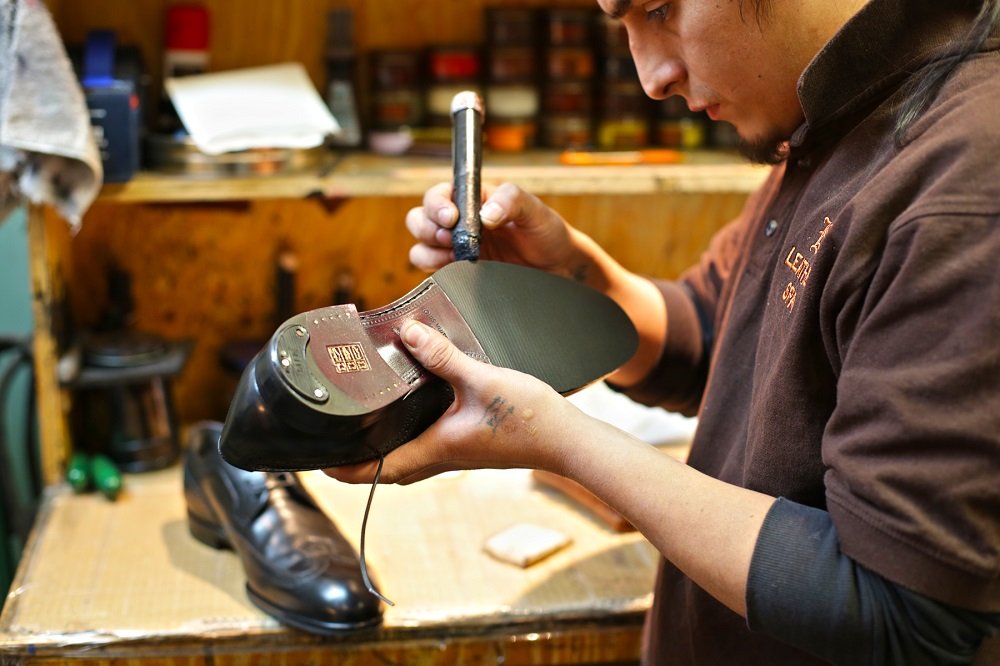White Paper & Selection Guides Library
Explore the library of adhesive & sealant white papers, selection guides, and reports designed to educate engineers, designers, end users, and decision makers…
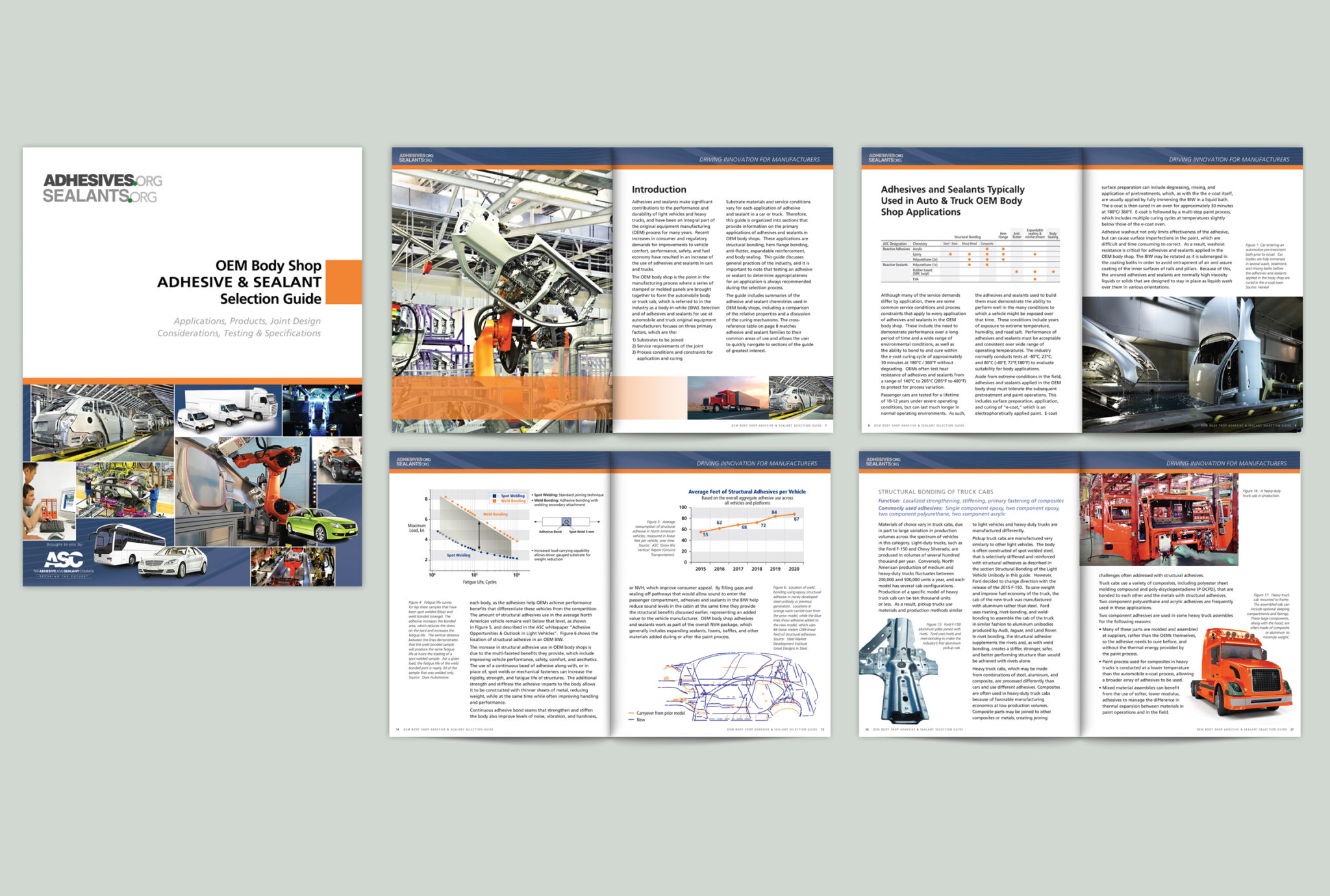
Cars, Trucks & Buses Market White Papers & Selection Guides...
Adhesives and Sealants in Battery and Hybrid Electric Vehicles White Paper
There are unique challenges and benefits that adhesives and sealants deliver in EV powertrain applications. This guide will provide brief overview of the amount of adhesives used in the electric powertrains of these vehicles. It looks at the primary benefits adhesives and sealants bring to electrified vehicle powertrains including: Joining components while shielding them from damaging shock and vibration; Isolating components from shock and vibration, while creating a pathway to conduct heat away from the cells and modules; Conducting thermal energy to cool the battery cells and modules, but electrically isolating the components to prevent shorts and reduce the risk of fire
Adhesive and Sealant Selection Guide for OEM Paint, Trim and Final Assembly Shops
Typical applications of adhesives and sealants in automotive and heavy truck paint and assembly shops. It is an extension of the ASC OEM Body Shop Adhesive and Sealant Selection Guide picking up the process as the body-in-white (BIW) is processed through prime and enters the main paint shop processes. The process continues through paint, trim and final assembly. This guide does not cover chassis, powertrain, or electrical applications. Repair and aftermarket (after sale) applications may be referenced but are not covered comprehensively. Typical applications that are at lower-tier suppliers are not covered unless there may be a significant cross-over to the OEM (original equipment manufacturer).
Adhesives and Joining Methods in Land Transportation White Paper
Adhesives have a long history of use in land transportation. Passenger cars, heavy duty trucks, and buses have used adhesives to address joining challenges in the body structure and interior. Adhesives are commonly used to create invisible, permanent bonds, that are strong and fatigue resistant. Changes taking place in the regulatory environment for cars, trucks, and busses, notably the need for more fuel efficient and environmentally friendly vehicles, are creating challenges for the industry for which adhesives offer solutions.
Adhesive and Sealant Selection Guide for OEM Body Shops
Typical applications of adhesives and sealants in automotive and heavy truck OEM body shops. This is the point in the manufacturing process where a series of stamped or molded panels are brought together to form the automobile body or truck cab, which is referred to in the industry as a body-in-white (BIW). It does not include adhesives and sealants that are used in downstream operations, such as OEM paint, assembly, and repair. The guide discusses the type and function of adhesives and sealants in several applications in bodies and cabs of light vehicles and heavy trucks. This guide also discusses common test methods and considerations for the selection of adhesives and sealants.
Adhesive Opportunities and Outlook in Light Vehicles White Paper
With over 17 million vehicles produced in the NAFTA region, the light vehicle segment represents the largest volume production in on or off-road vehicles in the region. The federal government classifies light vehicles as passenger cars and light trucks with a gross vehicle weight rating of less than 10,000 lbs. Therefore, crossovers, SUVs, minivans, and most pickup trucks fall into the light vehicle category.
Adhesive Opportunities and Outlook in Heavy Duty Trucks and Buses White Paper
With half a million vehicles produced in the NAFTA region, heavy duty trucks, specialty trucks, and buses represent a small fraction of the overall land transportation by unit output. As described in Part I of this series, light vehicle unit production dwarfs that of medium and heavy duty trucks. However, the medium and heavy duty market is significant for adhesives. Composites are often used in the construction of trucks and busses, and as such, adhesives are a preferred joining method. Furthermore, the parts are much larger than those for light vehicles, which increases adhesive consumption as well. In fact, over a million gallons of adhesives and sealants were used in the production of these vehicles.
Explore the Cars, Trucks & Buses Sub-Market
The cars, trucks & buses market is a sub-segment of the transportation market. Manufacturers use adhesives and sealants widely to decrease weight (lightweighting using adhesive bonding vs. mechanical fasteners), increase durability, manufacturing efficiencies, aesthetics, comfort, sustainability, and to comply with various regulations.
Retail (Consumer/DIY) Market White Papers & Selection Guides...
Adhesives and Sealants Chemical Management and Sustainability in Retail Markets (Consumer/DIY)
A guide for manufacturers and raw material suppliers who supply retail channels with adhesive and sealant products. It is intended for use by those in the retail supply chain. The information encourages a science risk-based approach to chemical management while providing an overview of the sustainability benefits of caulks and sealants.
Explore the Retail (Consumer/DIY) Market
One of the most important things to know about the Consumer/Do-It-Yourself (DIY) market is that there is NO one adhesive that can do it all. Despite what the advertiser may say, one must be a careful consumer to select the right adhesive for the job. Several categories of adhesives exist in the marketplace today, including Multi-purpose, Instant Glue, Wood Glue and One and Two-Part Adhesives.


